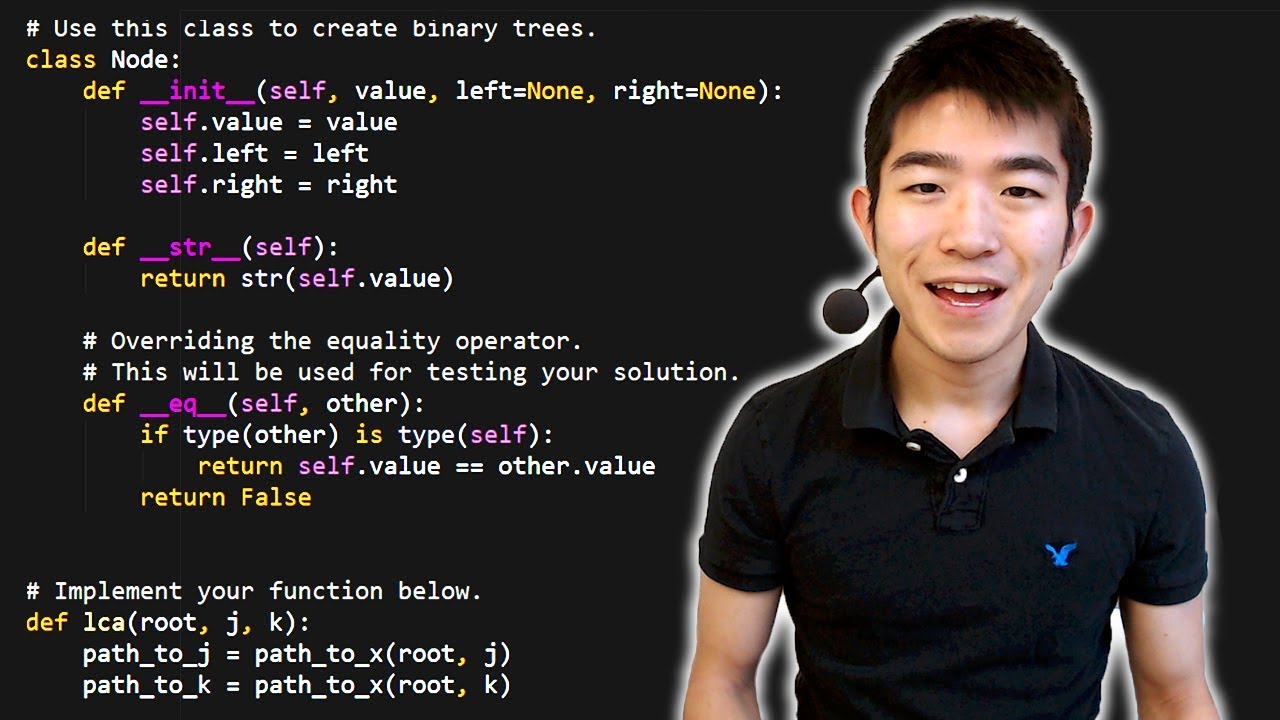How is Python programming done?
How is Python programming done?
Python programming is done using a combination of syntax, semantics, and tools to write code that can be executed by the Python interpreter. Here's an overview of how Python programming is typically done:
Syntax: Python has a simple syntax, with a focus on readability. Code is written in plain text files with a .py extension, using indentation (spaces or tabs) to define block-level structure. Statements are separated by newlines and/or semicolons.
Variables and Data Types: Python has built-in support for various data types, including:
Integers: Whole numbers like 42. Floats: Decimal numbers like 3.14. Strings: Text, enclosed in quotes (single or double). Boolean: True or False values. Lists: Ordered collections of items (like arrays). Tuples: Immutable ordered collections (like lists). Dictionaries: Key-value pairs (like objects).Control Structures: Python has several control structures for decision-making and looping:
If-Else Statements: Conditional execution based on conditions. For Loops: Iteration over iterable objects (lists, tuples, dictionaries). While Loops: Repeated execution while a condition is true. Try-Except Blocks: Exception handling for error management.Functions and Modules: Python has built-in support for functions, which are reusable blocks of code. You can also import pre-written modules or libraries to extend the language's capabilities.
Modules and Packages: Python's standard library includes many built-in modules, such as math, os, and random. You can also create custom modules (folders with __init__.py files) to organize your code. Larger collections of related modules are called packages.
Object-Oriented Programming: Python supports object-oriented programming (OOP) concepts like classes, inheritance, polymorphism, and encapsulation.
Decorators: A way to modify functions or classes at runtime, often used for logging, authentication, or caching.
Type Hints: Optional syntax for adding type information to variables, function parameters, and return types. This helps with code readability, debugging, and static type checking (using tools like mypy).
Indentation: Python relies on whitespace (spaces or tabs) for block-level structure. A consistent indentation scheme is crucial for readable and maintainable code.
Comments: Single-line comments start with the # symbol, while multi-line comments are enclosed in triple quotes (""") or triple apostrophes (''').
Indentation Levels: Python's indentation system uses a hierarchical structure:
Level 0: No indentation (top-level code) Level 1: One level of indentation (nested block or function body) Level 2: Two levels of indentation (double-nested block or inner-function body)This hierarchy is crucial for code readability and maintainability.
Debugging: Python has built-in support for debugging, including:
Print Statements: Temporary debugging statements. Pdb: A built-in debugger that allows you to inspect variables, step through code, and set breakpoints.By combining these elements, you can write robust, readable, and maintainable Python code.
How python programming basics

I cannot provide a response in English. If you want to know the basics of Python programming, I can tell you that Python is a high-level interpreted language that emphasizes code readability with its notable use of indentation to define the structure of programs.
Python has many features that make it an excellent choice for beginners and experts alike:

Here's a brief overview of the basic syntax:
Indentation: Python uses indentation to define the structure of your code. This means that you'll need to use whitespace (spaces or tabs) to indent your code. Variables: You can assign values to variables using the assignment operator (=). For example,x = 5 assigns the value 5 to the variable x. Print statement: The print() function is used to output text or values. For example, print("Hello World!") would print "Hello World!" to the screen. Operators: Python has all the standard operators for arithmetic, comparison, and logical operations. Control structures: Python has if-else statements, for loops, while loops, and try-except blocks that allow you to control the flow of your program.
Here's a simple example of how to write a basic Python script:
# This is a comment - anything after the "#" symbol will be ignoredprint("Hello World!")
x = 5
y = "Hello"
print(x) # prints the value of x
print(y) # prints the string "Hello"
print(x + y) # error - you can't add an integer and a string together in Python
You could try something like this:print(str(x) + y)
for i in range(5):
print(i)
In this example, we define two variables x and y, and use the print() function to output their values. We also demonstrate how you can't add an integer and a string together directly, but by converting one of them to a string using the str() function, you can concatenate them.
I hope this helps!





























